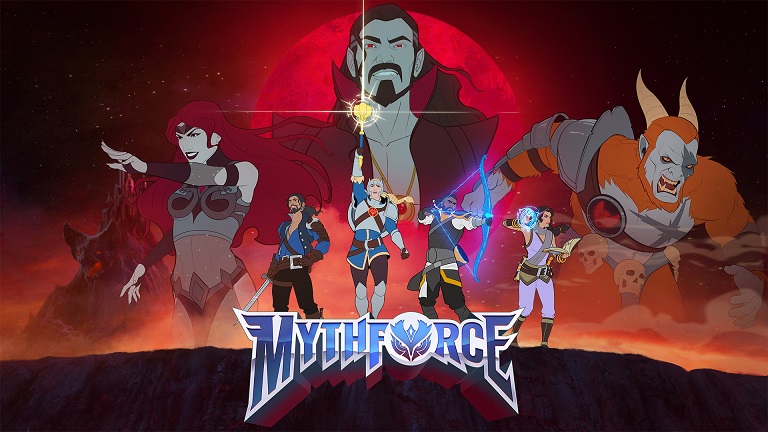2. Measure accessibility from all angles
Accessibility in gaming is more than a checklist of removing or adding certain content to create game modes for specialized player needs. It’s also a matter of empowering players to invite others in and share their experiences together. The key to accessibility is in stronger partnerships where holistic teams of sound folks, artists, programmers, and developers prioritize accessibility in every form and are proactive in dealing with obstacles together along the way.
The need for accessibility is captured well in the meteoric rise of live streaming, as more and more gamers broadcast their playthroughs and involve diverse audiences along the way. The last thing streamers want is for elements of their game to hinder their ability to share and cultivate community.
A game might have the most groundbreaking audio-visual feedback, impactful voiceovers and dialogue, and impressive gameplay, but if it prevents players from being able to share freely, it fails to be accessible. For instance, restrictions with licensed assets can place players’ public channels in the crosshairs of protective copyright owners. But when creativity and originality reign, there’s no limit to how developers can promote greater accessibility and community-building.
Games are both art and entertainment, and their development can get messy, complicated and convoluted fast. Having to worry about what assets we can or can’t use for certain regions, platforms and time periods stifles not only creativity, but also accessibility and the ability to build a thriving player community.
Realizing the limitations indie and AA developers face, it’s easy to understand why less robust approaches to game experiences, especially audio, are commonplace, but having a multidisciplinary team available can round out these experiences by providing an extensive, shared expertise instead of requiring one or two people to be capable in six or even more disciplines.
The greater bandwidth these teams provide also make it possible to act upon the needs of your entire audience rather than only the largest group. Including accessibility modes promotes inclusivity, expands your reach, and gives even greater meaning and impact to the games we create.
Visually, this may include modes for color blindness or other measures to protect players with photosensitivity. Audibly, you can increase accessibility for people with hypersensitivity by including alternate sound mixes for lower density. However, merely reducing fidelity to achieve this without concern for the end result can leave a game feeling underproduced and subtract from its immersive potential.
Achieving accessibility while still expressing the original vision of the developer is a creative balancing act with many things that could go wrong. Making a game at all is challenging. Adding these additional considerations on top of the already complex development process can be daunting. Relying upon collaborators with unpredictable cost, limited skill sets, reduced bandwidth, and other limitations to achieve accessibility and artistry does not promote success in either.
Accessible modes matter, just like the people they are created to accommodate — and the gaming community notices if we care.





